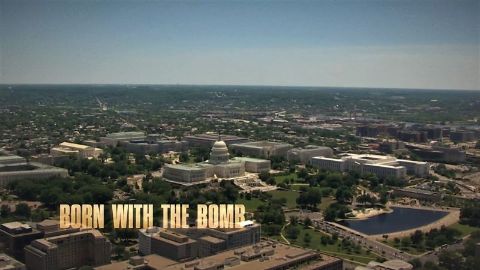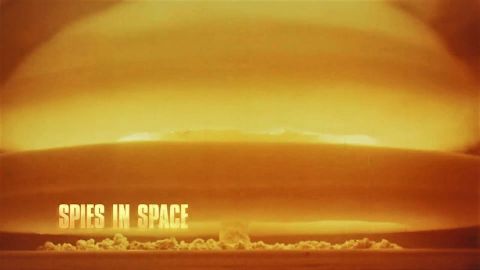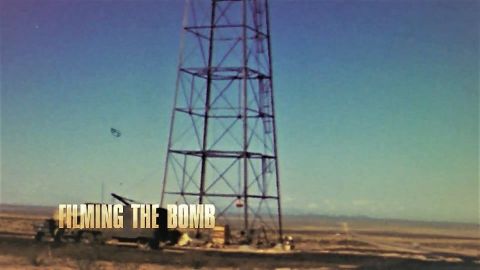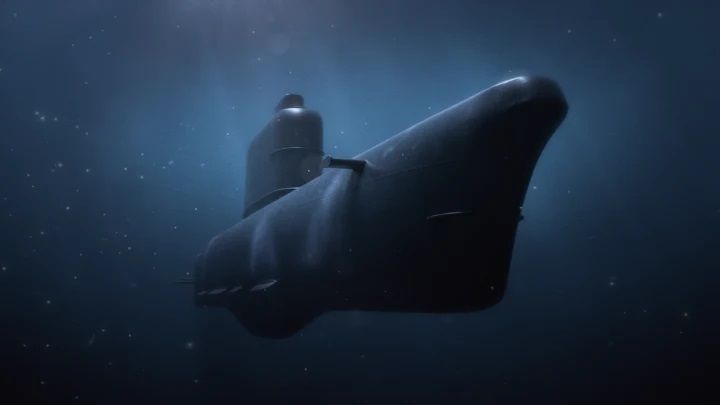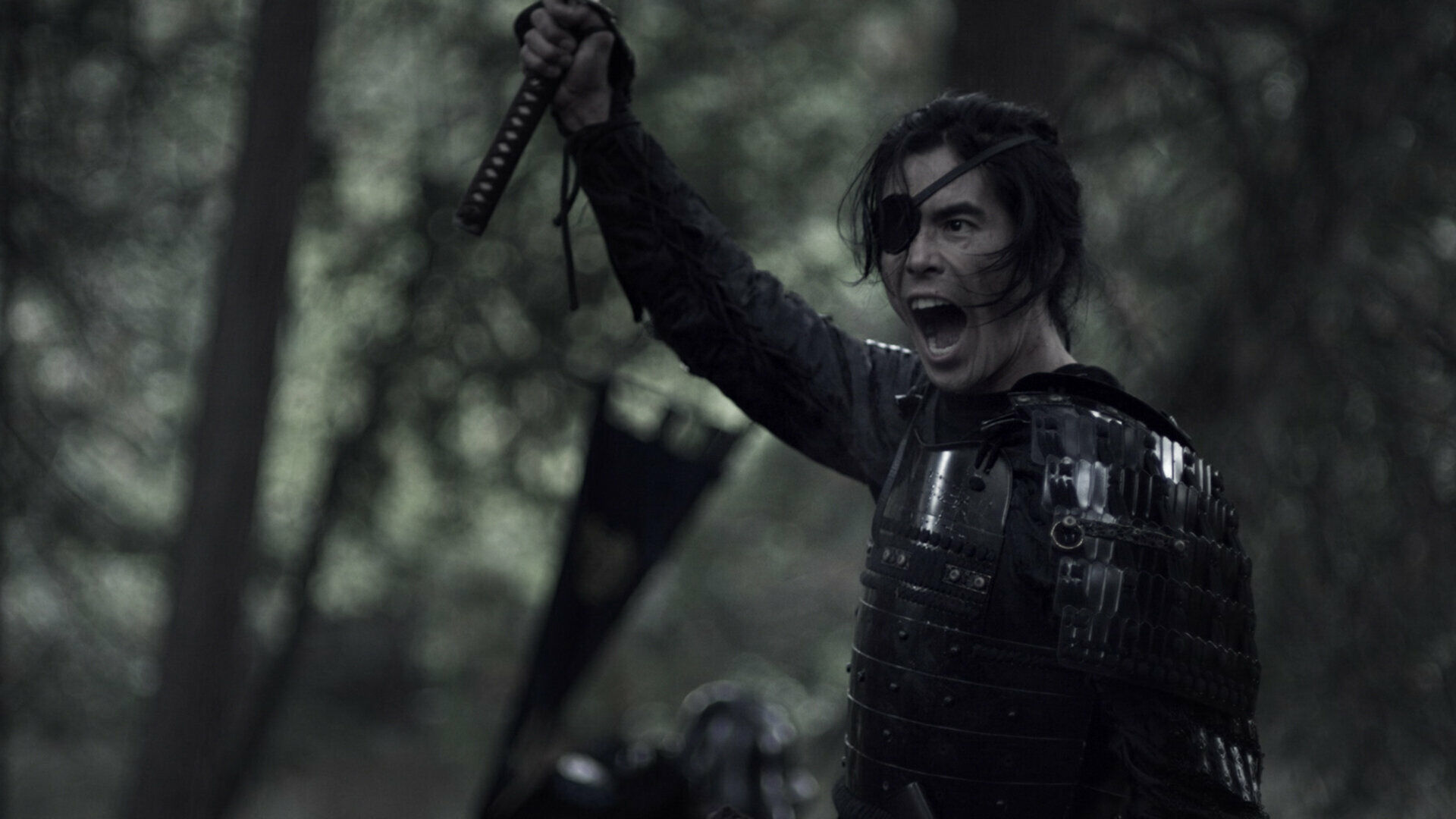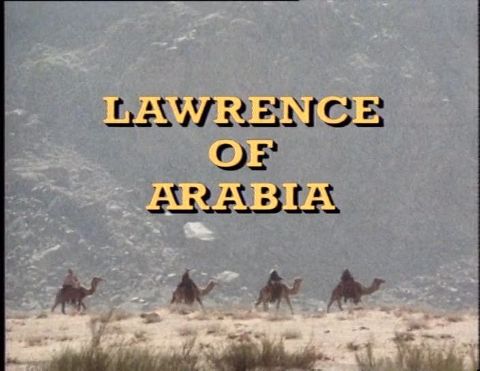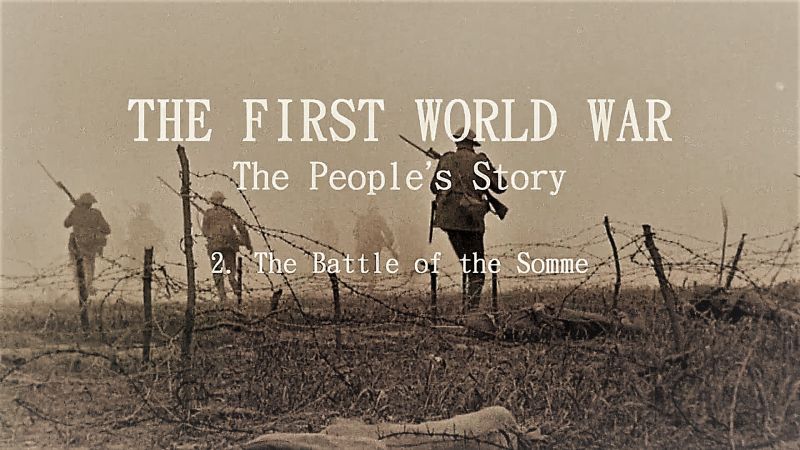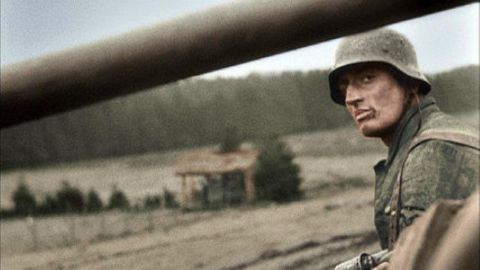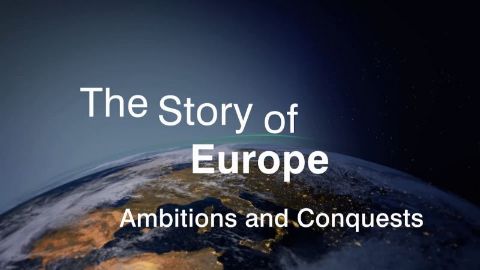Born with the Bomb • 2018 • episode "S1E1" • Atomic Age Declassified
The flash of the first atomic blasts exposes a multi-billion dollar clandestine operation: The Manhattan Project. A modern state secrecy apparatus emerges directly out of Los Alamos – only to find itself immediately compromised as Russia announces its own atomic arsenal. Radiation testing on unsuspecting civilians. An 800 page American World War III battle plan that targeted 600 million civilians. Broken Arrows. And the real stories of the Cuban Missile Crisis.
Make a donation
Buy a brother a hot coffee? Or a cold beer?
Hope you're finding these documentaries fascinating and eye-opening. It's just me, working hard behind the scenes to bring you this enriching content.
Running and maintaining a website like this takes time and resources. That's why I'm reaching out to you. If you appreciate what I do and would like to support my efforts, would you consider "buying me a coffee"?
Donation addresses
BTC: bc1q8ldskxh4x9qnddhcrgcun8rtvddeldm2a07r2v
ETH: 0x5CCAAA1afc5c5D814129d99277dDb5A979672116
With your donation through , you can show your appreciation and help me keep this project going. Every contribution, no matter how small, makes a significant impact. It goes directly towards covering server costs.
